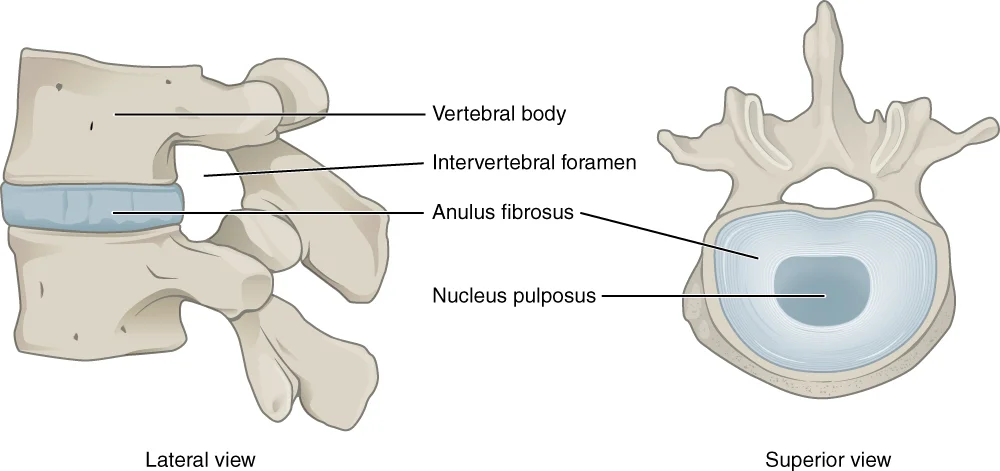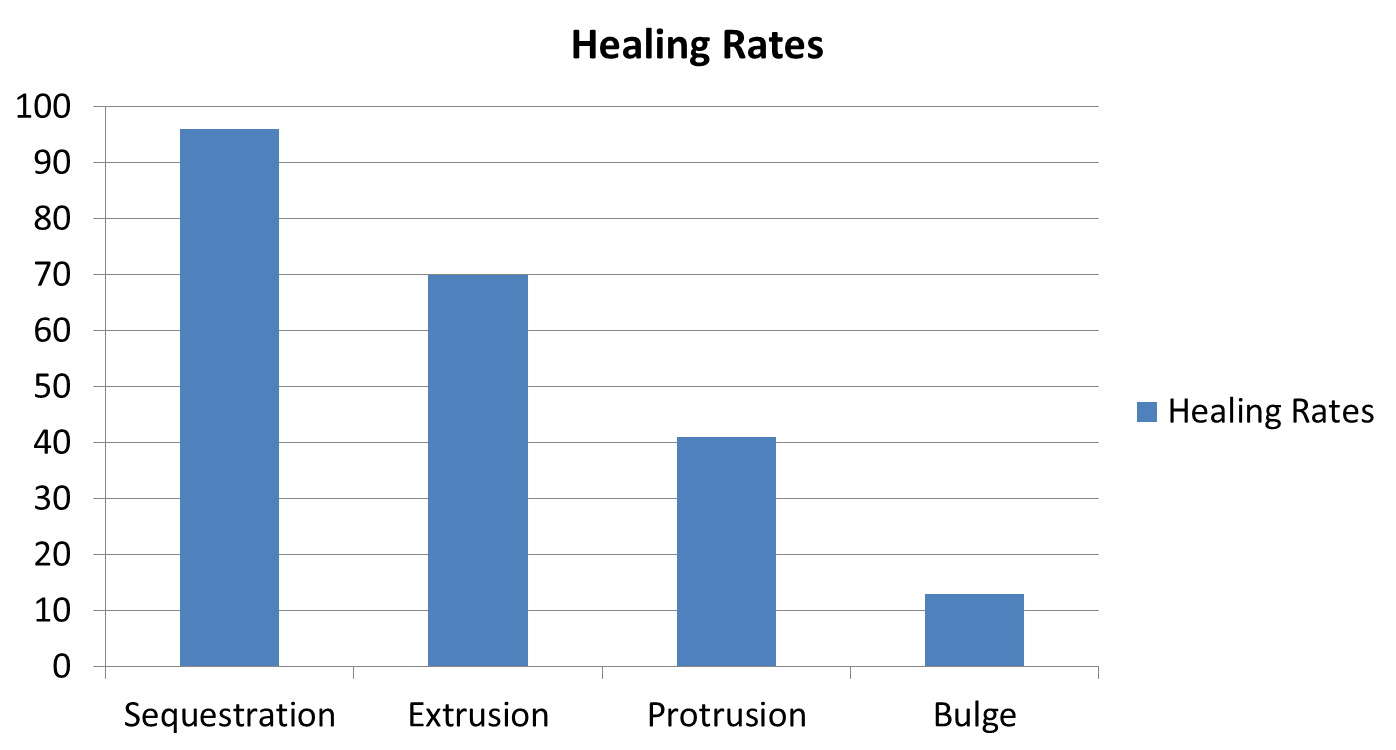Author: Bryan Lang, PT, DPT, MHA, CSCS, Cert.DN: Doctor of Physical Therapy, Business Owner, Associate Professor, and Blog Contributor. Explores common client questions, helps find solutions for every day functional health concerns, and interprets difficult theories in healthcare rehabilitation. Committed to life-long learning and education. Learn more about Bryan on Google+.
Have you ever heard someone say "I have a slipped disc in my low back?" If you haven't yet, you probably will at some point in your life. To understand what people mean about this, you have to start with some basic anatomy.
You have five bones that make up your lumbar spine. Between the bones, there is a disc. The sole purpose of the disc is to act as a cushion to absorb shock for your spine. All of your body weight plus the effect of gravity on your spine all day would wear down your joints it it wasn't for these discs between them. The discs are attached to the bones of your lumbar vertebrae. The place where they attach is called the "endplate" of the vertebrae. They are not "floating" between the joints. This means that they cannot slip since they are physically attached to the bone.
What are people talking about when they mention that they have a slipped disc?
I've heard people say things like "Ever since I was in my 20's, I get a disc slip every so often that puts me down for a week." Or they might say "If I twist wrong, I can feel my disc slip." If we know that discs don't slip, then what are these people experiencing?
What we do know is that discs can degenerate, tear, bulge, prolapse or herniate. It's extremely important to know that disc degeneration is NORMAL as we age. It does not always correlate directly with low back pain. The disc as a strong outer ring called the annulus fibrosis and a soft inside called the nucleus pulposus. The majority of disc injuries are caused by a small tear to the outside ring. This can allow the soft inner portion of the disc to bulge or swell into the area.
Discs can also heal
The good news is with proper treatment, stabilization exercises and time, discs can heal! Even better news is that even if a disc does not heal, meaning that if you took an MRI the disc bulge is still present, many people will still feel little or no pain. The key with treating low back pain is to consistency. Even after pain subsides, continuing focused exercises is crucial to prevent pain from returning.
(Nakashima H, Yukawa Y, Suda K, Yamagata M, Ueta T, Kato F. Abnormal findings on magnetic resonance images of the cervical spines in 1211 asymptomatic subjects. Spine. 2015;40(6):392-8.)
Why does all of this matter?
As healthcare providers, it is our duty to educate our clients with the best, evidence-based information. Knowledge is many times more powerful than anything else we give. Educating clients with low back pain that discs don't slip will help correct common misconceptions about the lumbar spine. It can also help with the fear one might have of certain movements.




